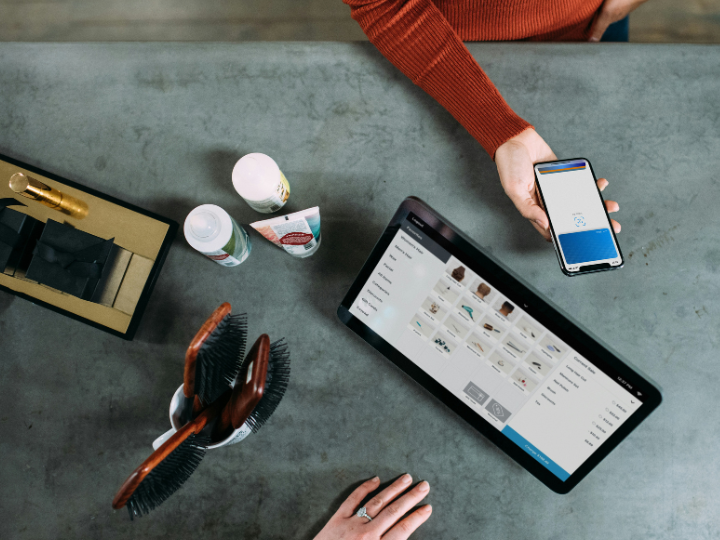by
Jean-Marc Frangos*
For me, it’s mostly about the internet of things (IoT). If you think back to the dim and distant past of the Third Industrial Revolution - which was centred around information technology and digitization - applications were about people or IT processes communicating. But now it's machines and devices that are communicating, continuously and in ever greater numbers. The promise of real-time enterprise - organizations that can respond to need and demand instantaneously - is finally becoming a reality.
Changing business models
Customers I speak to, particularly those in manufacturing, say the Fourth Industrial Revolution, and IoT in particular, is allowing them to transform their business models from selling a product to providing a managed service.
Products become assets that can be connected to the internet, which means they can be remotely monitored. This can help companies to better understand how assets are used, to predict when they need maintenance and to sharpen the total cost of ownership models. By knowing when faults can be avoided or their impact minimized, and with a better understanding of risk and financial exposure, companies can establish service-based contracts with service-level agreements based on reliable data.
Technological transformations
This is all possible because the connectivity of devices has been transformed. Previously, connected devices such as vending machines needed mains charging and relied on Wi-Fi, cellular or Bluetooth connectivity. Now our connectivity requirements have expanded. We want connectivity in less accessible places: factories in remote locations, rural fields or construction sites or - in cars - potentially everywhere.
We now have power-efficient sensors and a multitude of different ways of connecting devices to cloud-based analytics, using low-power wide-area networks, 4G cellular and of course the super-efficient new 5G cellular standard, which is being designed from the ground up to enable the IoT.
By 2020 more than 50 billion things, ranging from cranes to coffee machines, will be connected to the internet. That means a lot of data will be created - too much data, in fact, to be manageable or to be kept forever affordably. Gateways can help; they not only dispatch traffic but carry out some analytics functions, so that data can be better managed. For example, they could be used to filter out ‘normal’ data over time and to look for unusual patterns which may indicate a problem. They can also improve the costs of the transmission and storage of all that data. In next-generation network technology, these gateways will be used dynamically as part of the network where and when needed.
But this brave new world is not without its challenges. One by-product of more devices creating more data is that they are speaking lots of different programming languages. Machines are still using languages from the 1970s and 80s as well as the new languages of today. In short, applications need to have data translated for them - by an IoT babelfish, if you will - before they can make sense of the information.
Then there are analytics and data storage. These can be done in situ, regionally or centrally, with different network constraints. Different organisations might want to host applications in their factory, at a regionally aggregated level or centrally - but not all those locations might be convenient in terms of access to secure datacentres, capacity or reliable network access.
And of course security becomes even more important as there is little human interaction in the flow of data from device to datacentre – so called machine-to-machine communication. Rogue or misidentified devices on your network can cause outages, affect analytics and cause security risks.
Networks of tomorrow
Digital transformation is opening up new opportunities for organizations by transforming costs, improving customer experiences, generating operational efficiencies and creating whole new business models.
And fundamental to the success of the digital business is the network. It’s only the network that can bring this choice of services together, and deliver the performance and great user experience your customers will demand.
But the networks we rely on today need to evolve to be good enough to support that digital future. The latest dynamic networking technologies will have enough embedded intelligence and reach to offer organizations a vision of flexibility, adaptability and control — not to mention speedier deployment.
Dynamic distributed networks will be an essential ingredient to bring the Fourth Industrial Revolution to life.
*Chief Innovation Officer, BT, United Kingdom
**First published in www.weforum.org
**First published in www.weforum.org




 By: N. Peter Kramer
By: N. Peter Kramer

